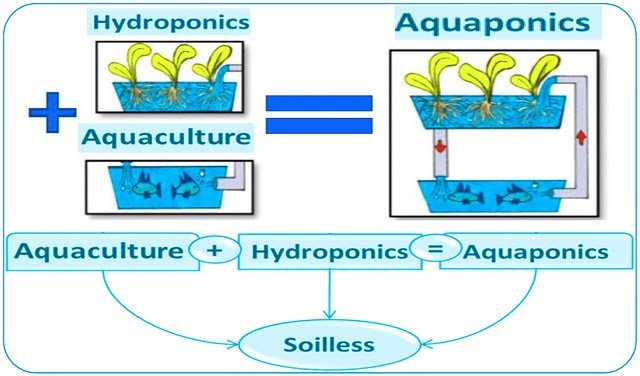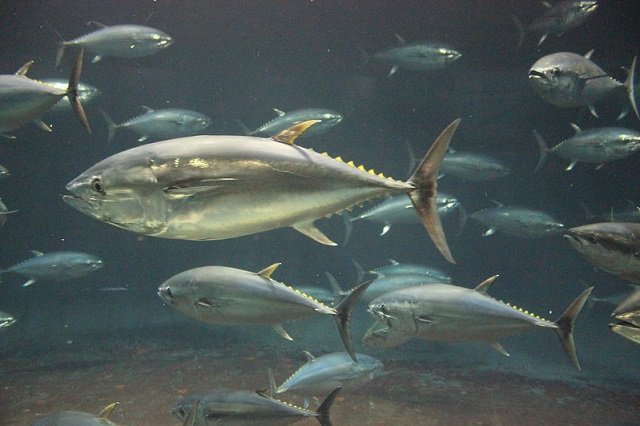Wakefield, USA.- The aquaculture industry in Rhode Island experienced growth in 2017 in production and value, thanks to aquaculturists raising new and diversified crops, according to the R.I. Coastal Resources Management Council’s annual status report, “Aquaculture in Rhode Island.”
In 2017, the farm gate value (the value for the product paid to the farmer) of the state’s aquaculture products increased from $5.3 million to more than $5.7 million.
The number of farms increased from 70 to 73, and acres farmed grew by 21.4 acres, a modest 7.8 percent increase, to a total of 295.93 acres farmed. Oysters remain the aquaculture product of choice in the state, with more than 8 million sold for consumption.
Farmers this past year have focused on diversifying their products – they have added sugar kelp (from nine new farms permitted in 2016), soft shell clams, surf clams, and bay scallops to their production. There was also a shellfish harvest closure in February and March 2017 because of Pseudo nitzschia which is not harmful to shellfish but is harmful to people. The closure did not affect the aquaculture crop but did affect the shellfish harvest.
Oyster seed sales from Rhode Island aquaculturists were valued at $260,175, up from last year’s value of $183,000. The number of aquaculture farm workers also grew from 177 to 194, a 9.6 percent increase in the industry’s workforce.
VIEW THE FULL REPORT: http://www.crmc.ri.gov/aquaculture.html
Source: Rhode Island State
Stay Always Informed
Join our communities to instantly receive the most important news, reports, and analysis from the aquaculture industry.
Editor at the digital magazine AquaHoy. He holds a degree in Aquaculture Biology from the National University of Santa (UNS) and a Master’s degree in Science and Innovation Management from the Polytechnic University of Valencia, with postgraduate diplomas in Business Innovation and Innovation Management. He possesses extensive experience in the aquaculture and fisheries sector, having led the Fisheries Innovation Unit of the National Program for Innovation in Fisheries and Aquaculture (PNIPA). He has served as a senior consultant in technology watch, an innovation project formulator and advisor, and a lecturer at UNS. He is a member of the Peruvian College of Biologists and was recognized by the World Aquaculture Society (WAS) in 2016 for his contribution to aquaculture.




